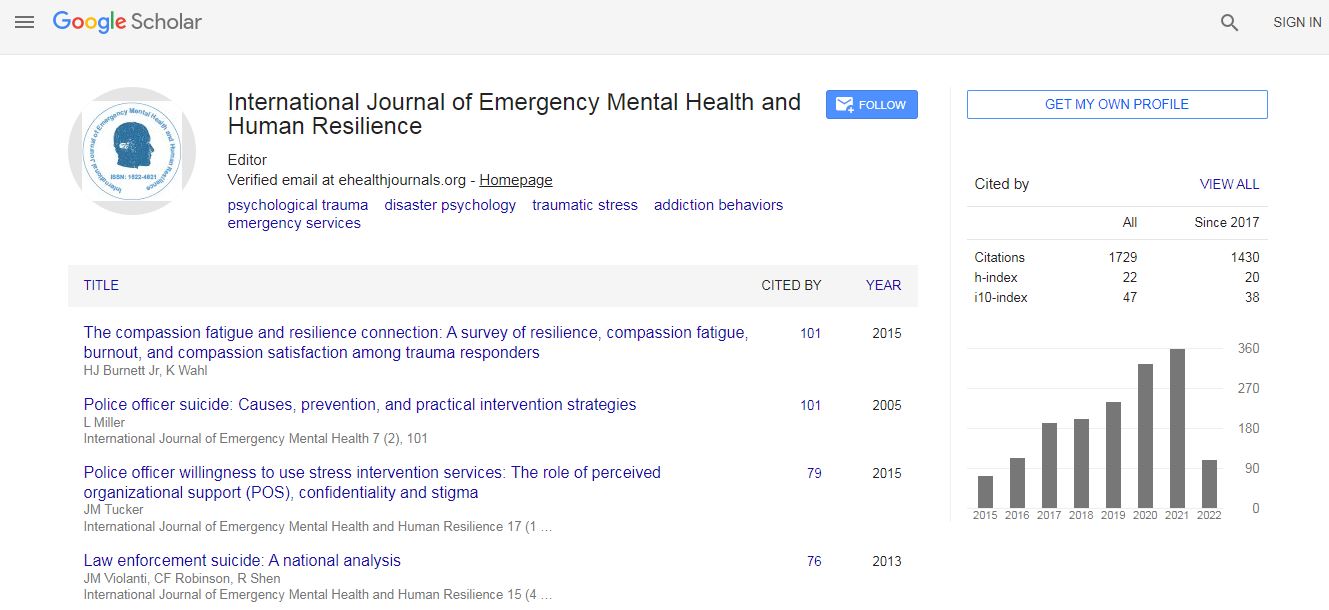Short Communication
Reducing Tobacco-Related Health Disparities among Individuals with Psychiatric and Substance Use Disorders: Opportunities for Social Work
1Associate Professor, OU Physicans University of Oklahoma Health Sciences Center, College of Medicine, Oklahoma City, USA
2Department of Psychiatry and Behavioral Sciences, Associate Clerkship Director, Co-Director Medical Student Education (PPS-I), Oklahoma City, USA
Abstract
While there has been a significant reduction in the general incidence and prevalence of smoking and smoking-related problems, these gains have not been observed in individuals with mental health problems. In spite of a number of improvements in the content, promotion, availability, and delivery of smoking cessation programs, people with mental illness continue to smoke at high rates and experience negative health consequences. Social workers are strategically located within the mental health and healthcare delivery systems, and can play an important role in reducing smoking-related health disparities among individuals with these challenges. Here, we present the epidemiology of smoking and related health problems among individuals with psychiatric and substance use disorders, and provide recommendations regarding the potential contributions of social workers toward decreasing smoking-related health disparities in this population.

 Spanish
Spanish  Chinese
Chinese  Russian
Russian  German
German  French
French  Japanese
Japanese  Portuguese
Portuguese  Hindi
Hindi 